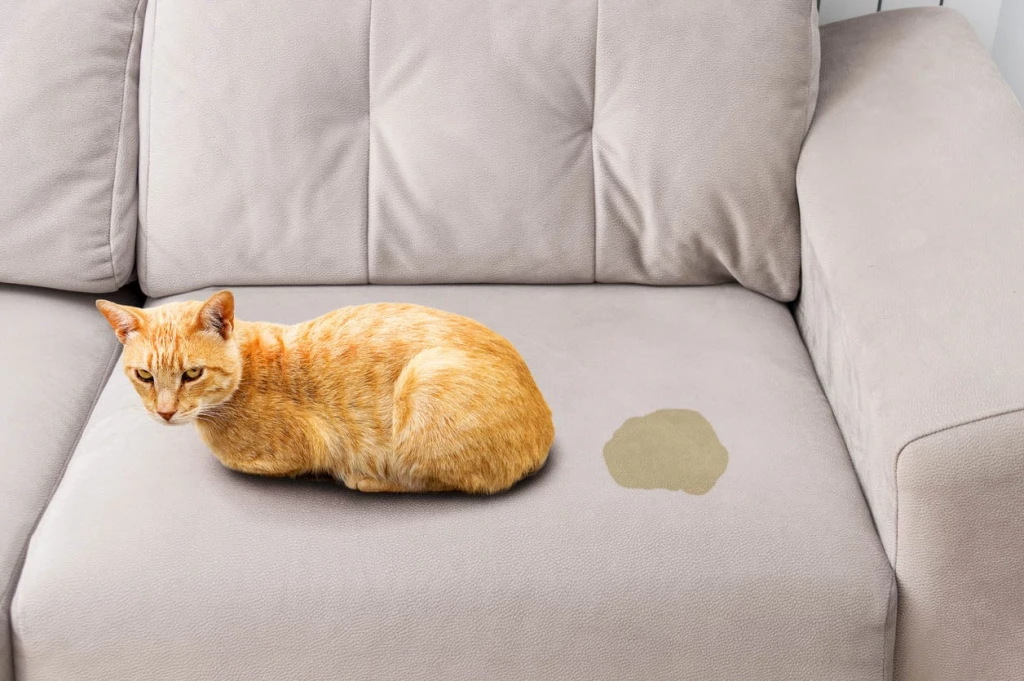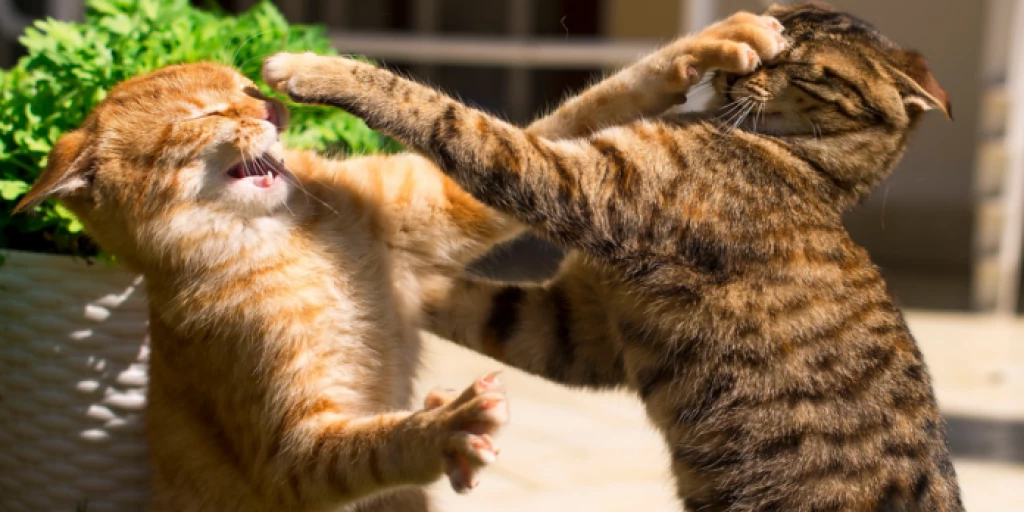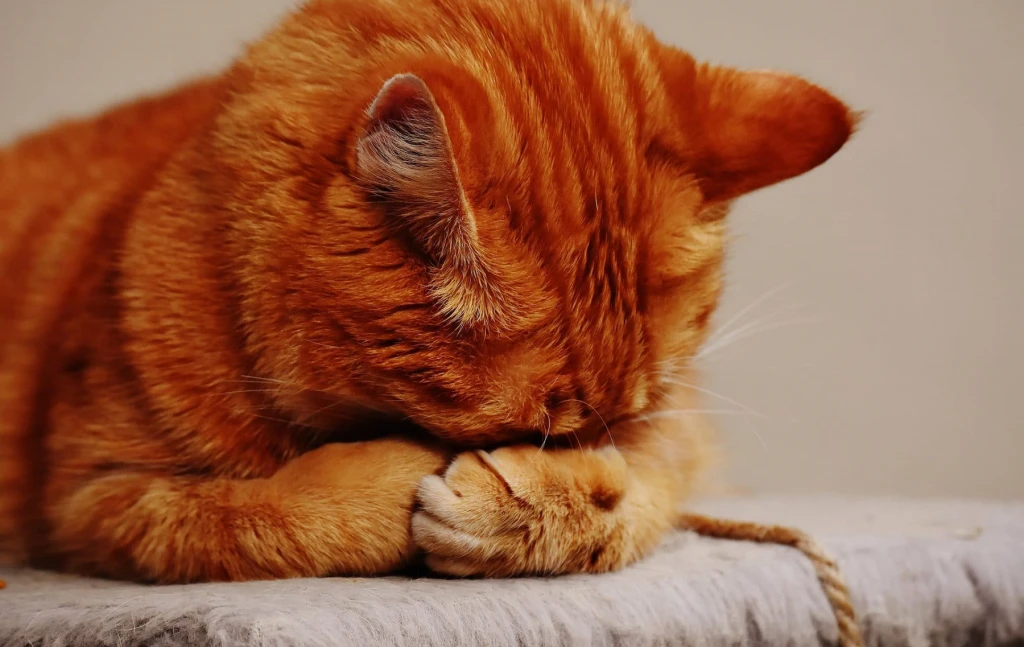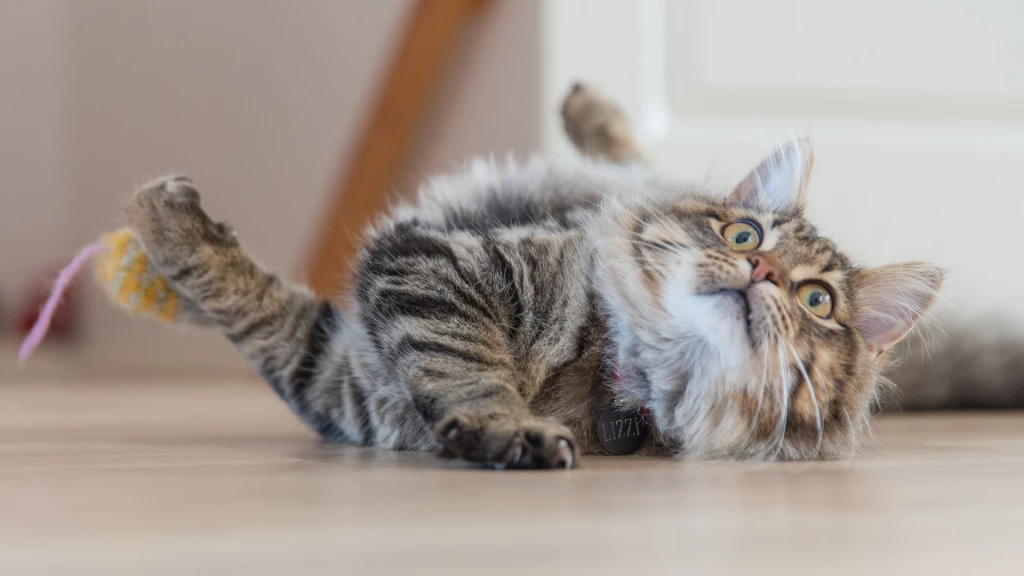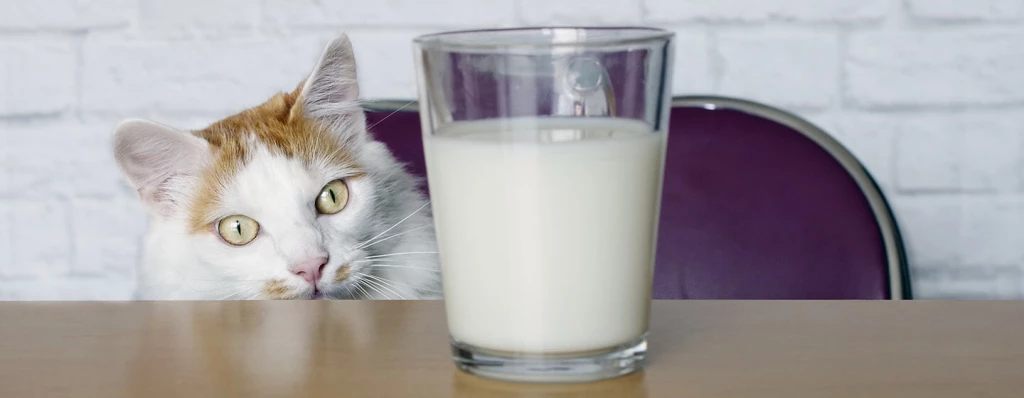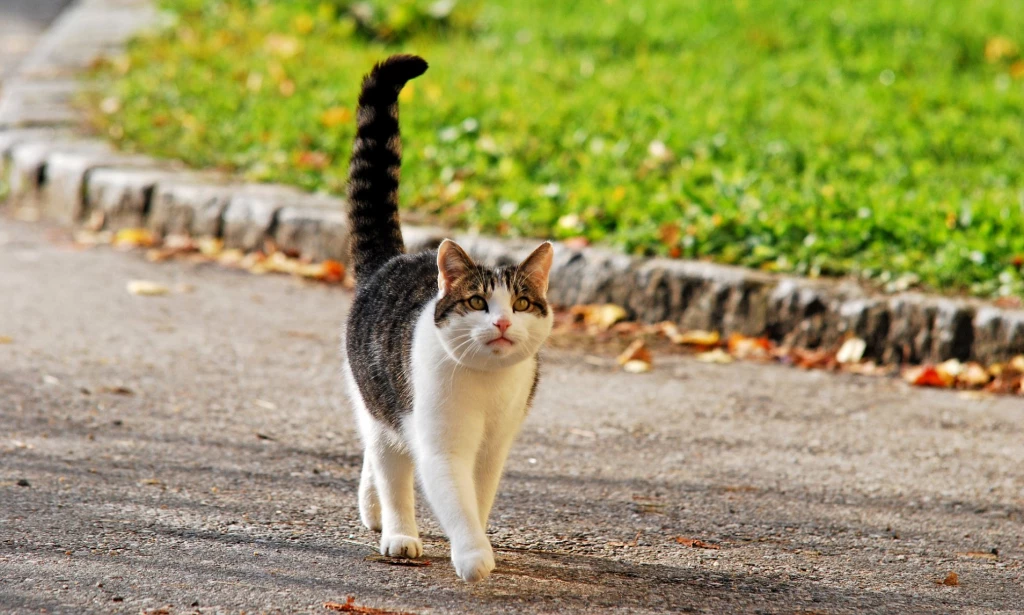If you have ever found your clothes soaked with cat urine, you know how unpleasant and frustrating it can be. Not only does it ruin your clothes, but it also makes you wonder what is wrong with your cat and why they are doing this. Is it a sign of a health problem? A behavioral issue? A way of expressing their displeasure?
In this blog post, we will explore some of the possible reasons why your cat is peeing on your clothes and how you can stop this behavior. We will also give you some tips on how to clean your clothes and prevent future accidents.
Possible Reasons Why Your Cat Is Peeing on Your Clothes
There are many factors that can cause your cat to pee on your clothes, ranging from medical to psychological to environmental. Here are some of the most common ones:
- Urinary tract infection (UTI): This is a bacterial infection that affects the bladder and urethra of your cat, causing inflammation, pain, and difficulty urinating. Your cat may associate the litter box with pain and avoid it, choosing instead to pee on your clothes or other soft surfaces. A UTI can also make your cat pee more frequently and urgently, leading to accidents. If you notice blood in your cat's urine, foul smell, or straining to pee, take them to the vet immediately.
- Feline lower urinary tract disease (FLUTD): This is a term that covers various conditions that affect the lower urinary tract of cats, such as bladder stones, crystals, tumors, or idiopathic cystitis. Idiopathic cystitis is a common and mysterious condition that causes inflammation of the bladder wall without a clear cause. It is thought to be triggered by stress and can cause similar symptoms as a UTI. FLUTD can also make your cat avoid the litter box and pee on your clothes or other places.
- Stress, fear, or anxiety: Cats are sensitive creatures that can be easily stressed by changes in their environment or routine, such as moving to a new home, introducing a new pet or family member, remodeling, loud noises, or being left alone for too long. Stress can cause your cat to feel insecure and anxious, which can lead them to pee on your clothes as a way of marking their territory or seeking comfort. Stress can also trigger or worsen FLUTD or UTI in some cats.
- Litter box issues: Sometimes, the problem is not with your cat but with their litter box. If the litter box is dirty, too small, too high, too low, covered, uncovered, located in a noisy or busy area, or filled with a type of litter that your cat dislikes, they may refuse to use it and look for alternatives. Your cat may also have a preference for a certain type of surface or texture to pee on, such as fabric or carpet.
- Behavioral problems: Some cats may pee on your clothes as a way of expressing their displeasure or dissatisfaction with something in their life. For example, if you have been neglecting them, punishing them harshly, or not giving them enough attention or stimulation, they may pee on your clothes to get your attention or show their resentment. Some cats may also pee on your clothes out of jealousy or rivalry with another cat or person in the house.
- Old age or cognitive decline: As cats get older, they may develop cognitive dysfunction syndrome (CDS), which is similar to dementia in humans. CDS can affect your cat's memory, learning ability, perception, and behavior. Your cat may forget where their litter box is located or how to use it properly. They may also become confused, disoriented, or anxious and pee on your clothes or other places.
How to Stop Your Cat from Peeing on Your Clothes
The first step to stop your cat from peeing on your clothes is to rule out any medical issues that may be causing this behavior. Take your cat to the vet for a thorough check-up and follow their advice on how to treat any underlying conditions.
The next step is to address any environmental or behavioral factors that may be contributing to this problem. Here are some tips on how to do that:
- Keep the litter box clean: Scoop the litter box at least once a day and change the litter completely every week. Wash the litter box with mild soap and water every month and avoid using harsh chemicals or scented products that may irritate your cat's nose or skin.
- Provide enough litter boxes: The general rule is to have one litter box per cat plus one extra. This way, your cat will always have a clean and available option to use. Place the litter boxes in different locations around the house, preferably in quiet and private areas that are easy to access. Avoid putting them near food or water bowls, appliances, windows, or doors that may scare or distract your cat.
- Choose the right type of litter box and litter: Some cats may prefer a certain type of litter box or litter over others. For example, some cats may like covered litter boxes for privacy, while others may feel trapped or claustrophobic in them. Some cats may like clumping or non-clumping litter, while others may prefer natural or recycled materials. Experiment with different options and see what your cat likes best. You can also try adding a layer of baking soda or cat attractant to the litter to make it more appealing and odor-free.
- Reduce stress and anxiety: Try to identify and eliminate any sources of stress or anxiety for your cat. For example, if your cat is being bullied by another cat in the house, provide separate food, water, and litter boxes for each cat and create safe zones where they can retreat and relax. If your cat is stressed by changes in their environment or routine, try to keep things as consistent and predictable as possible. Provide your cat with toys, scratching posts, hiding places, and interactive playtime to keep them stimulated and happy. You can also use calming products such as pheromone diffusers, sprays, or collars to help your cat feel more relaxed and secure.
- Correct behavioral problems: If your cat is peeing on your clothes out of spite or boredom, you need to address the root cause of their dissatisfaction. Make sure you give your cat enough attention and affection every day and avoid punishing them for peeing on your clothes as this will only make them more resentful or fearful. Instead, reward them with treats and praise when they use the litter box properly. You can also try to deter them from peeing on your clothes by using repellents such as citrus peels, vinegar, or aluminum foil on the areas where they usually pee. Alternatively, you can simply keep your clothes out of their reach by storing them in closed drawers or closets.
- Consult a professional: If none of the above tips work and your cat continues to pee on your clothes despite having no medical issues, you may need to seek professional help from a veterinarian or a certified animal behaviorist. They can help you diagnose and treat any underlying problems that may be causing this behavior and provide you with more specific and tailored advice.
How to Clean Your Clothes and Prevent Future Accidents
If your cat has peed on your clothes, you need to act fast and clean them properly to remove the stain and odor. Here are some steps you can follow:
- Rinse the clothes with cold water: As soon as you notice the urine stain, rinse it with cold water to dilute and wash away as much urine as possible. Do not use hot water as this will set the stain and make it harder to remove.
- Soak the clothes in vinegar solution: Fill a bucket or sink with cold water and add one cup of white vinegar per gallon of water. Soak the clothes in this solution for at least 30 minutes to neutralize the urine odor and break down the stain.
- Wash the clothes with enzyme cleaner: After soaking the clothes in vinegar solution, wash them in the washing machine with your regular detergent and an enzyme-based cleaner that is designed to remove pet stains and odors. Follow the instructions on the label and use the highest temperature setting that is safe for the fabric.
- Dry the clothes in the sun: After washing the clothes, dry them in direct sunlight if possible. The sun's UV rays will help kill any remaining bacteria and odor-causing agents in the fabric. If you cannot dry them outside, use a dryer with a high heat setting or an air-dry option.
To prevent future accidents, you should always keep your clothes away from your cat's reach by storing them in closed drawers or closets. You should also regularly check your cat's litter box for any signs of problems and keep it clean and inviting for your cat.
FAQ
Q: What are some common reasons why cats pee on clothes?
A: Some common reasons are anxiety or stress, boredom, territoriality, litter box issues, urinary tract infection, or medical problems.
Q: How can I stop my cat from peeing on my clothes?
A: Some tips are to reduce stress and anxiety for your cat, provide enough stimulation and attention, spay or neuter your cat if not done already, keep the litter box clean and in a good location, check for any signs of pain or discomfort when urinating, and consult a veterinarian if the problem persists or worsens.
Q: What are some signs of feline lower urinary tract disease (FLUTD)?
A: Some signs are urinating little and often, painful urination, blood in the urine, avoiding the litter box, licking the genital area excessively, or straining to urinate.
Conclusion
Finding your cat peeing on your clothes can be a frustrating and unpleasant experience, but it does not mean that your cat hates you or wants to ruin your clothes. It usually means that your cat is trying to communicate something to you or cope with something that is bothering them.
By understanding the possible reasons behind this behavior and taking the appropriate steps to address them, you can help your cat feel more comfortable and happy in their home. You can also keep your clothes clean and odor-free by following the tips we shared in this post.
